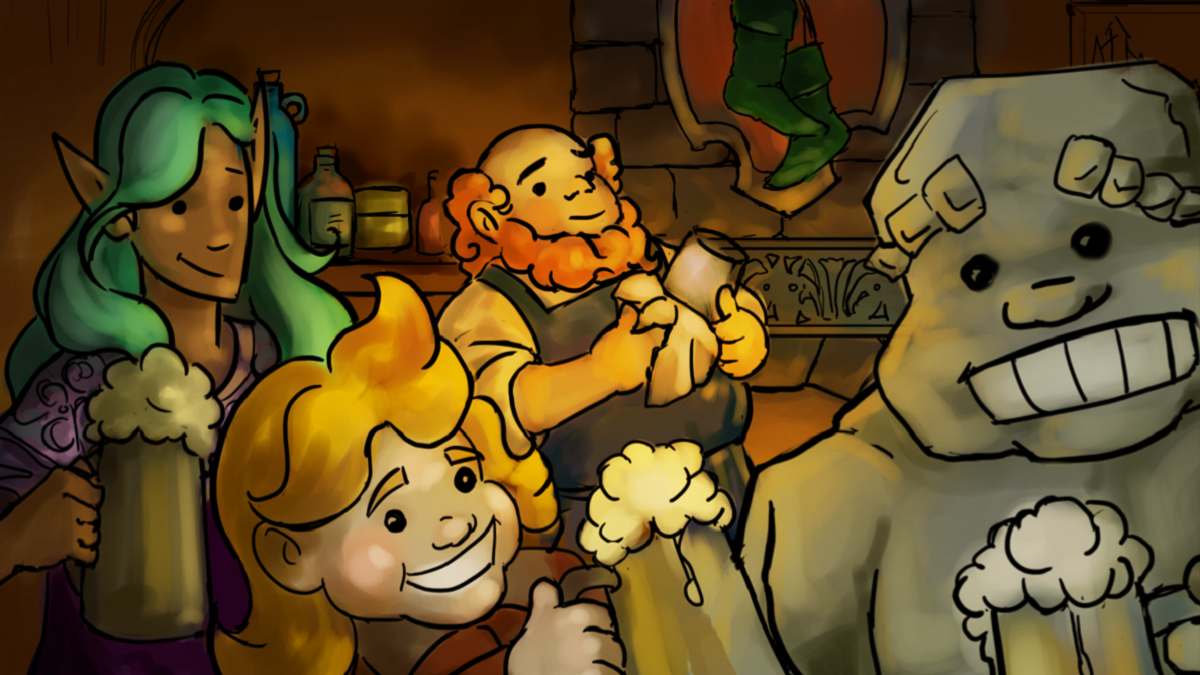How role-playing a dragon can teach an AI to manipulate and persuade

An AI that completes quests in a text-based adventure game by talking to the characters has learned not only how to do things, but how to get others to do things. The system is a step toward machines that can use language as a way to achieve their goals.
Pointless prose: Language models like GPT-3 are brilliant at mimicking human-written sentences, churning out stories, fake blogs, and Reddit posts. But there is little point to this prolific output beyond the production of the text itself. When people use language, it is wielded like a tool: our words convince, command, and manipulate; they make people laugh and make people cry.
Mixing things up: To build an AI that used words for a reason, researchers from the Georgia Institute of Technology in Atlanta and Facebook AI Research combined techniques from natural-language processing and reinforcement learning, where machine-learning models learn how to behave to achieve given objectives. Both these fields have seen enormous progress in the last few years, but there has been little cross-pollination between the two.
Word games: To test their approach, the researchers trained their system in a text-based multiplayer game called LIGHT, developed by Facebook last year to study communication between human and AI players. The game is set in a fantasy-themed world filled with thousands of crowdsourced objects, characters, and locations that are described and interacted with via on-screen text. Players (human or computer) act by typing commands such as “hug wizard,” “hit dragon,” or “remove hat.” They can also talk to the chatbot-controlled characters.
Dragon quest: To give their AI reasons for doing things, the researchers added around 7,500 crowdsourced quests, not included in the original version of LIGHT. Finally, they also created a knowledge graph (a database of subject-verb-object relationships) that gave the AI common-sense information about the game’s world and the connections between its characters, such as the principle that a merchant will only trust a guard if they are friends. The game now had actions (such as “Go to the mountains” and “Eat the knight”) to perform in order to complete quests (such as “Build the largest treasure hoard ever attained by a dragon”).
Sweet talker: Pulling all of this together, they trained the AI to complete quests just by using language. To perform actions, it could either type the command for that action or achieve the same end by talking to other characters. For example, if the AI needed a sword, it could choose to steal one or convince another character to hand one over.
For now, the system is a toy. And its manner can be blunt: at one point, needing a bucket, it simply says: “Give me that bucket or I’ll feed you to my cat!” But mixing up NLP with reinforcement learning is an exciting step that could lead not only to better chatbots that can argue and persuade, but ones that have a much richer understanding of how our language-filled world works.
Deep Dive
Artificial intelligence
Large language models can do jaw-dropping things. But nobody knows exactly why.
And that's a problem. Figuring it out is one of the biggest scientific puzzles of our time and a crucial step towards controlling more powerful future models.
Google DeepMind’s new generative model makes Super Mario–like games from scratch
Genie learns how to control games by watching hours and hours of video. It could help train next-gen robots too.
What’s next for generative video
OpenAI's Sora has raised the bar for AI moviemaking. Here are four things to bear in mind as we wrap our heads around what's coming.
Stay connected
Get the latest updates from
MIT Technology Review
Discover special offers, top stories, upcoming events, and more.